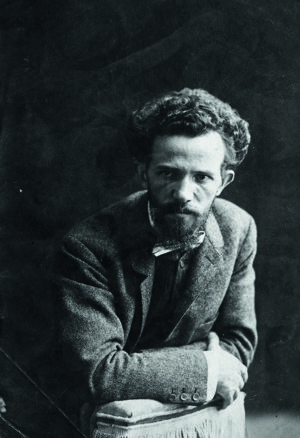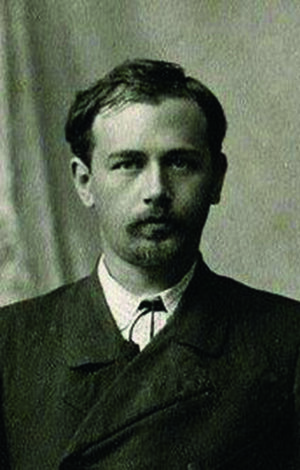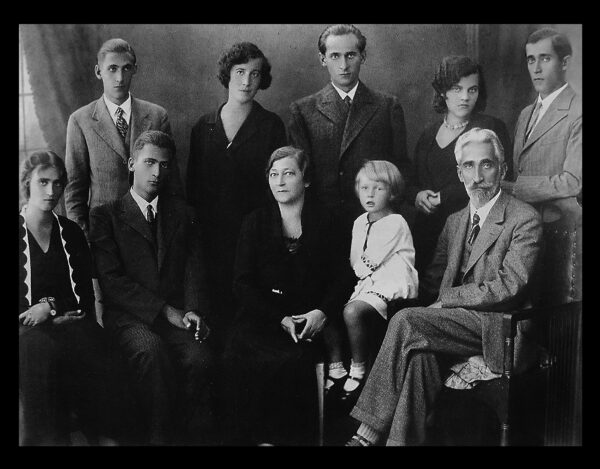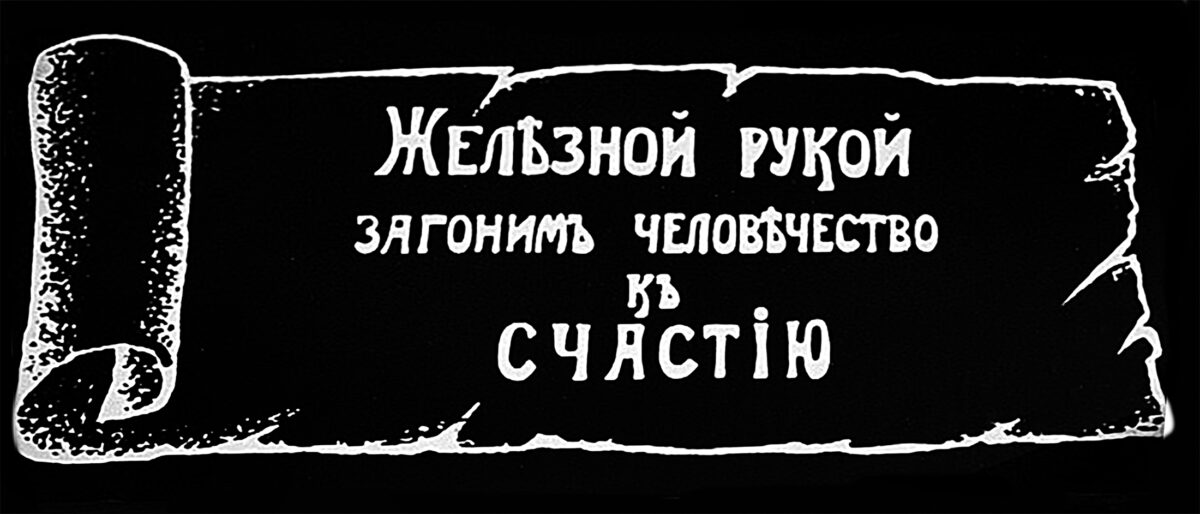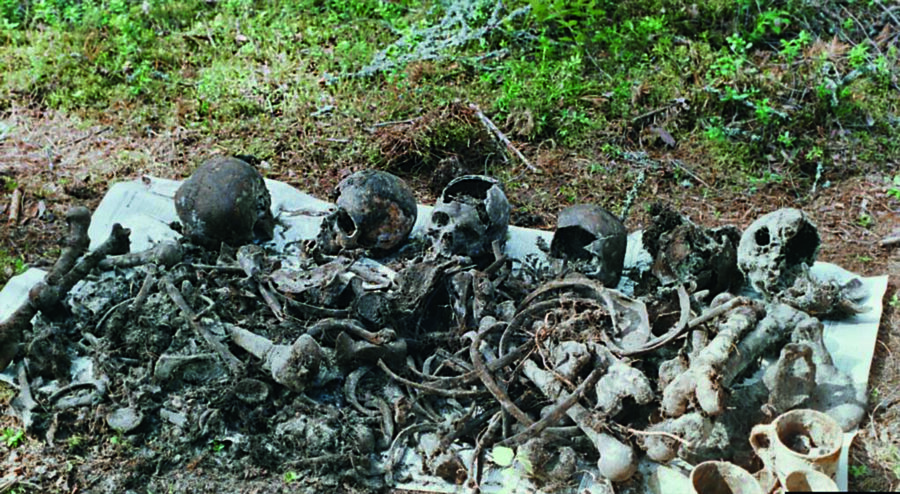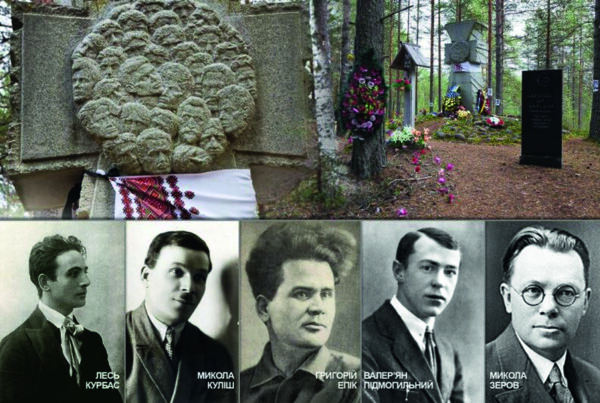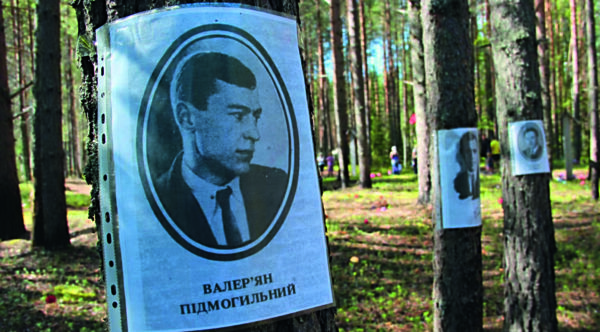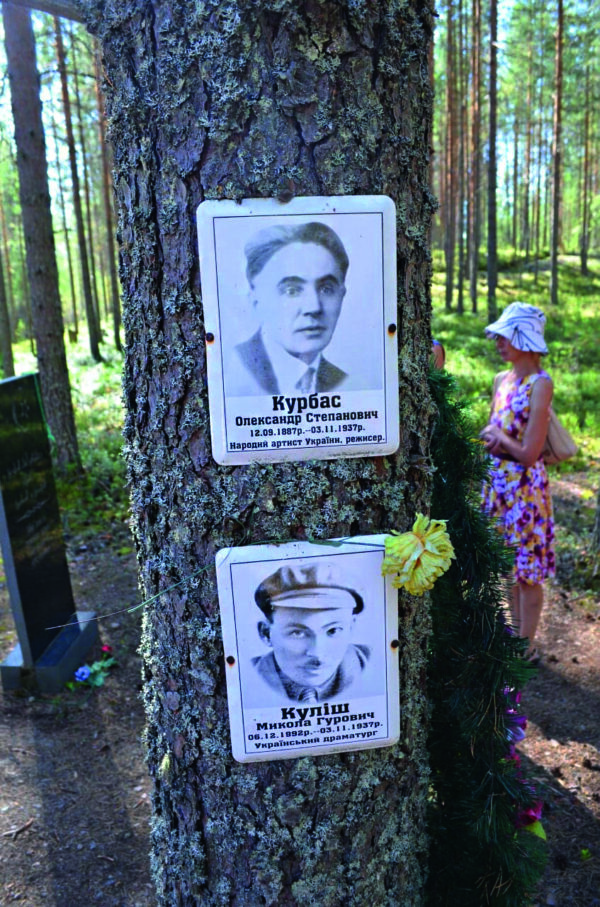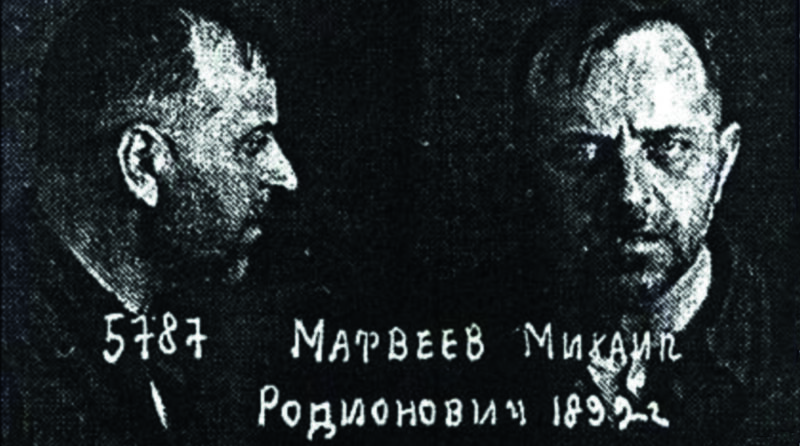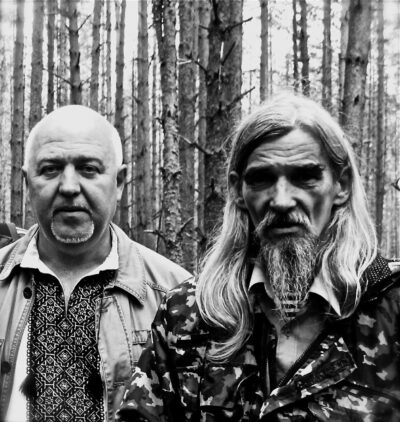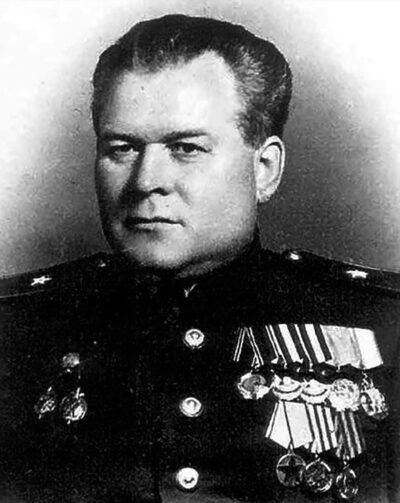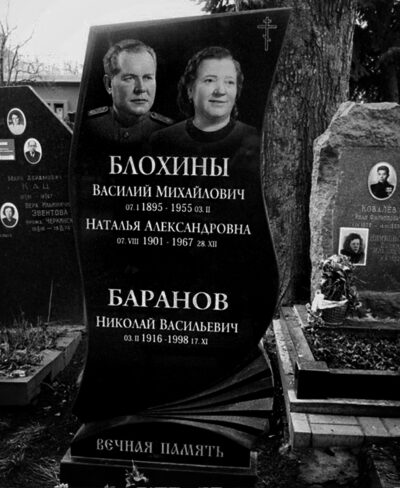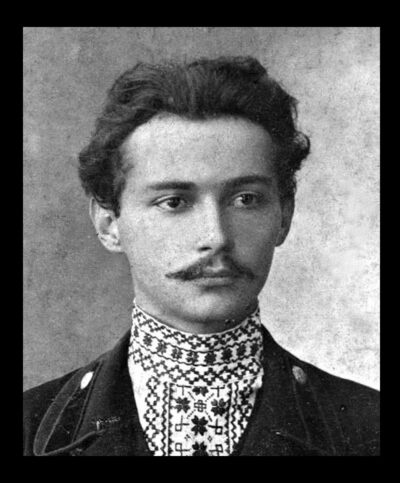On a June night in 1919, during a new wave of Red Terror in Russian-occupied Kyiv, Oleksandr Murashko was shot in the head.
The prominent Ukrainian artist, one of the founders of the Ukrainian Academy of Arts in 1917, was just one of many thousands of victims of the terror that Russia directed at the Ukrainian creative and scientific elite.
On Christmas Eve, January 6, 1920, a prominent scientist-pomologist, Levko Symyrenko, was shot dead in his own home by a Cheka officer. (In 1938 the Russians shot his son Volodymyr, also a prominent scientist).
In 1921, a Russian Cheka agent killed the author of the world-famous “Shchedryk”, the brilliant Ukrainian composer Mykola Leontovych, who had let the Chekist stay overnight.
In the early 1930s, the occupation authorities stopped the process of Ukrainization, which had helped lure a significant part of the creative clerisy from emigration to Ukraine, and began its targeted destruction.
At the end of the 1930s, Oleksa Synyavsky, Ahatanhel Krymsky, and practically everyone who participated in the compilation of the unified Ukrainian orthography of 1928 were killed or repressed.
The fate of the large Krushelnytsky family is absolutely typical for that time. The fatal mistake of the writer and publisher, Minister of Education of the UNR Antin Krushelnytsky, who decided to move from Lviv and build the future of the Russian-occupied part of Ukraine, cost the lives of all the men, who are in the famous family photo.
Two sons were tortured and killed in Kyiv in the same 1934, the father and two other sons were shot in 1937.
During this massacre, out of hundreds of Ukrainian writers, a little more than 10 percent survived.
To preserve their own lives and freedom, some of them choose to cooperate with the NKVD (such as Yuriy Smolych, Mykola Bazhan, and others.
Archive data on most agents has been destroyed or closed). Already known for their bright and modern creativity (such as Pavlo Tychyna) they betray themselves and glorify the power of the executioners with their primitive works. The atmosphere of fear and distrust forces many of them to destroy their colleagues at party meetings.
And if one of the greatest literary talents, Mykola Khvylovy, chooses suicide, the vast majority are arrested, accused of fake conspiracies, rebellions, bourgeois nationalism, fascism, espionage, etc.
Under pressure and torture, they sign or do not sign “confessions”, but it do not have any particular significance.
Some were shot after six months of interrogation, like artist Mykhailo Boychuk and his students (Sedlyar, Padalka, Orel-Orlenko, Lypkivskyi), some were sent to concentration camps.
In the fall of 1937, in the Sandarmokh tract (a special territory where thousands of prisoners of the Solovetsky concentration camps of the GULAG were executed), the Russians killed hundreds of representatives of the Ukrainian creative and scientific elite within several days.
Among them were world-class artists and prominent scientists:
director Les` Kurbas, playwright Mykola Kulish, writers Valerian Pidmogylny, Mykola Zerov, Marko Vorony, Valerian Polishchuk, academicians Stepan Rudnytsky, Matviy Yavorsky, already mentioned above Antin Krushelnytsky with his sons, professors Volodymyr Chekhivsky, Serhiy Hrushevsky, Oleksiy Wangenheim…
One of the executioners of Sandarmokh was captain Matveyev, who, together with several subordinates, personally executed the Ukrainian elite. He began carrying out executions in 1919, was awarded state awards, had a high pension and lived until 1971.
In contrast, the modern historian Dmitriev, who discovered the classified sites of mass executions and burials of Sandarmokh, was sentenced by the current Russian authorities actually to life imprisonment.
In one of the photos we see executioner Vasily Blokhin. According to various estimates, he personally executed up to 20 thousand people. He received the highest state awards and the rank of major general. He was buried in a place of honor in one of the central Moscow cemeteries. Recently, a monument was renovated on his grave.
Before retreating from Kharkiv in 1941, the Russians, as everywhere else, massively killed political prisoners.
In the village of Nepokryte in the Kharkiv region, a group of prisoners along with the poet Volodymyr Svidzinsky were burned alive in an outbuilding.
According to some estimates, the total number of executed representatives of Ukrainian culture reached 30 thousand. Within about 10 years, the Russians destroyed 80% of the Ukrainian creative elite, known as “Shot Renaissance” (or “Executed Renaissance”).
The area of the cross, on which this text is placed, is not even enough to write the names of the exterminated Ukrainian elite.

